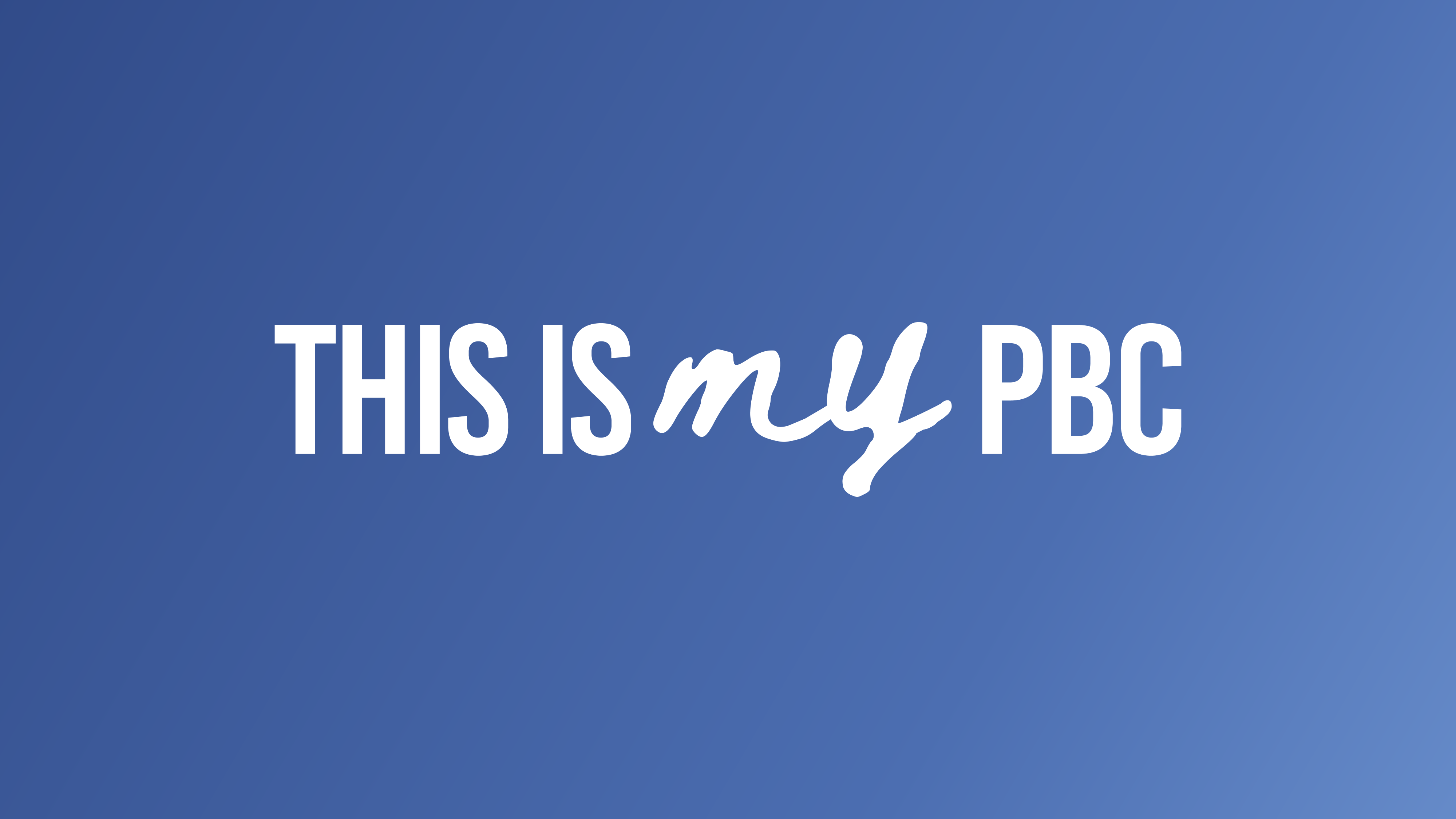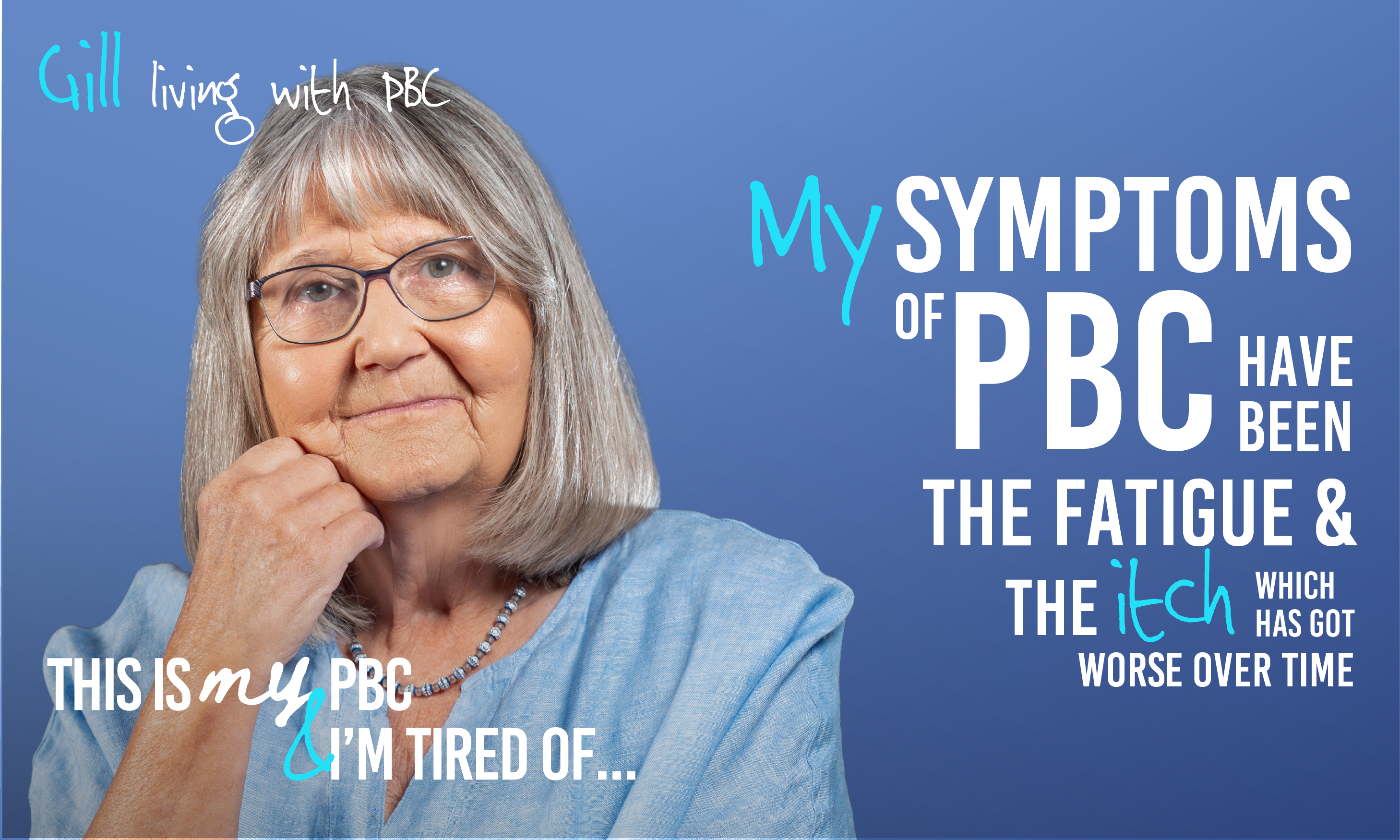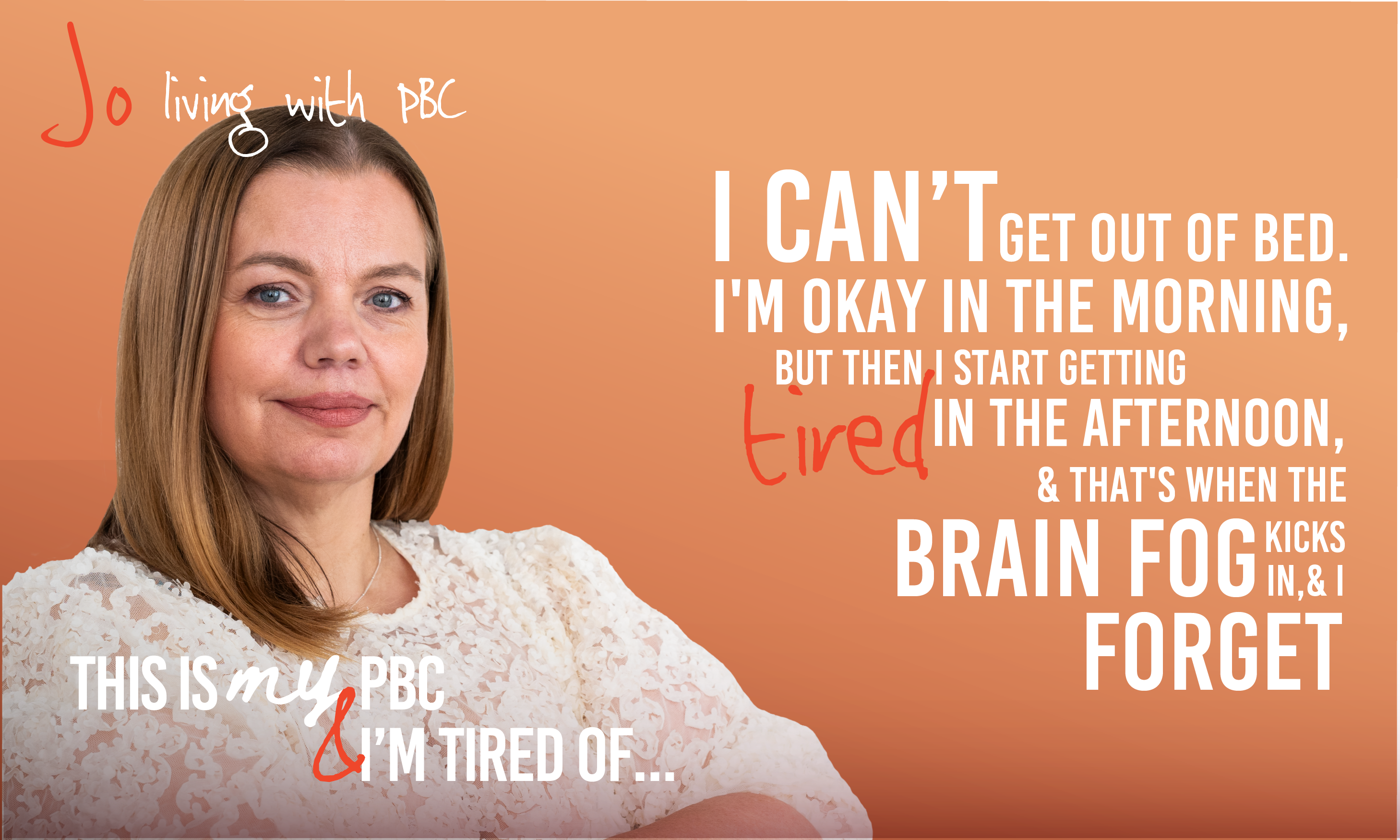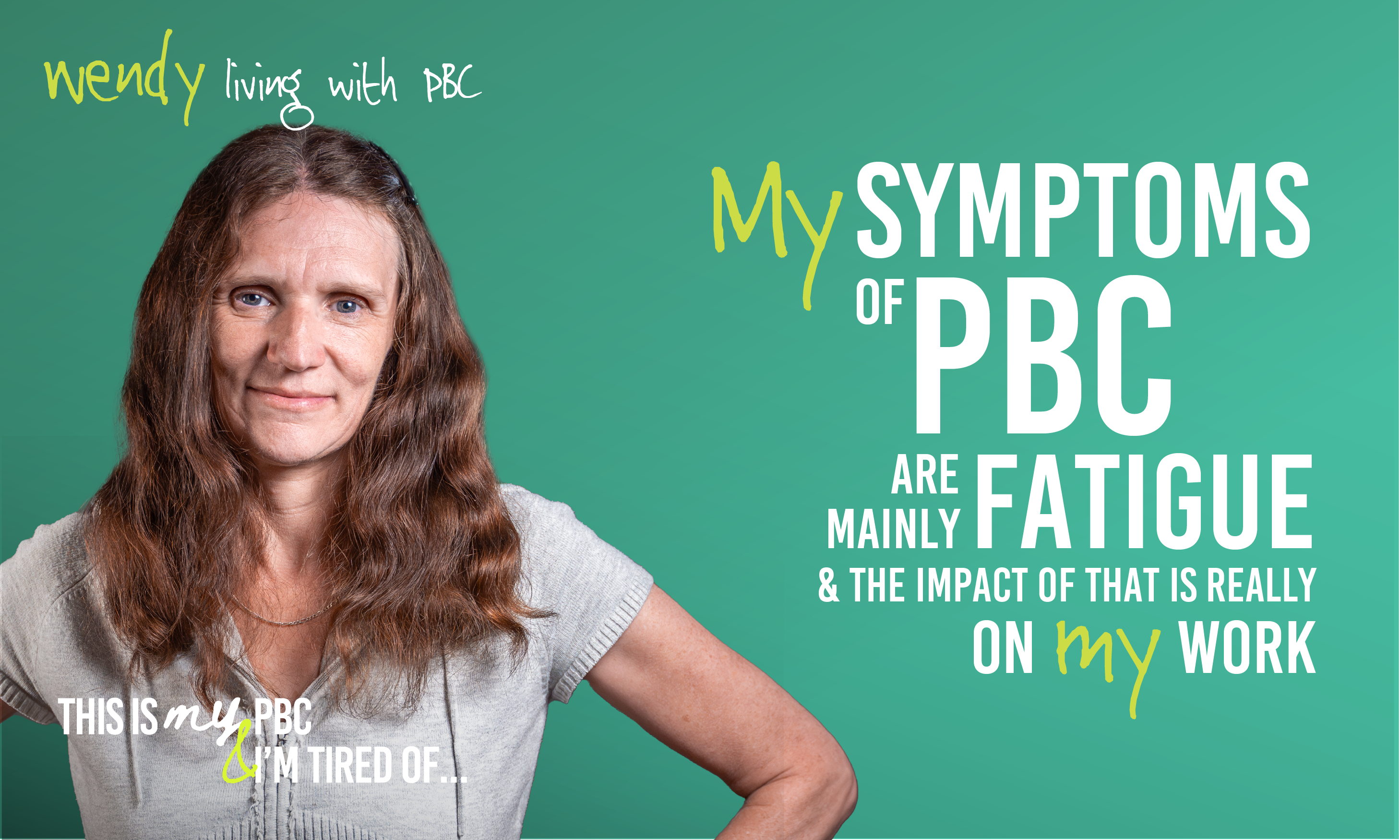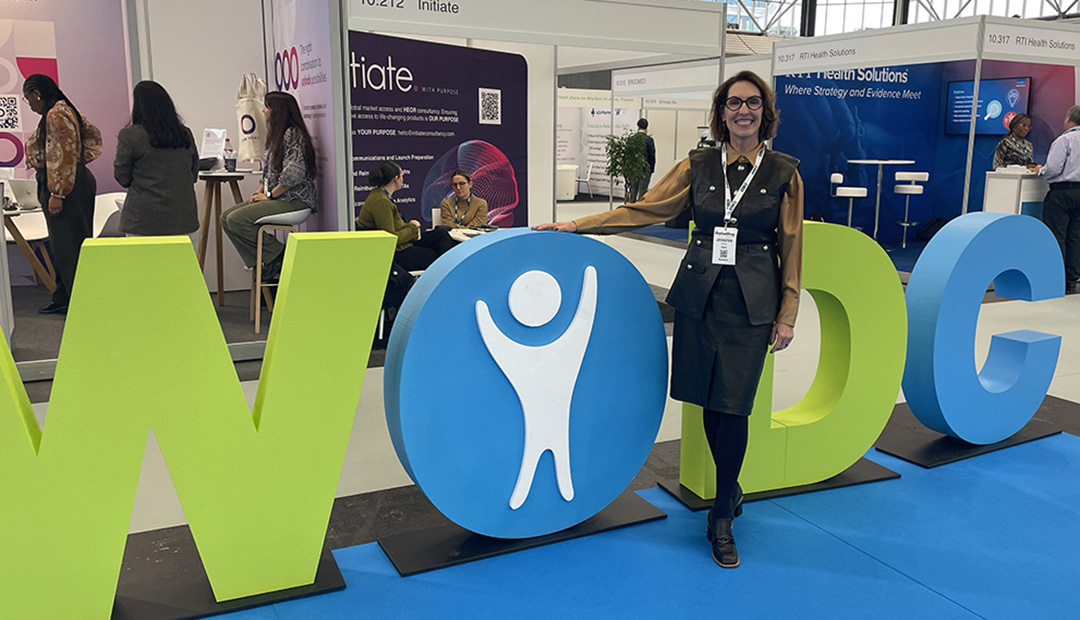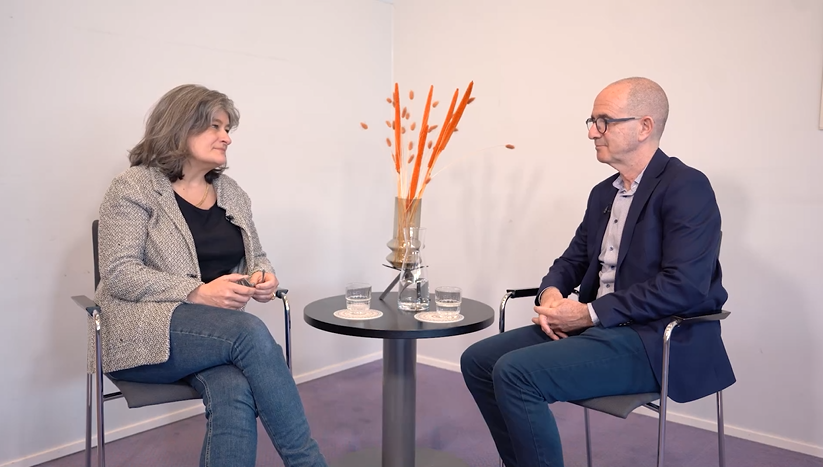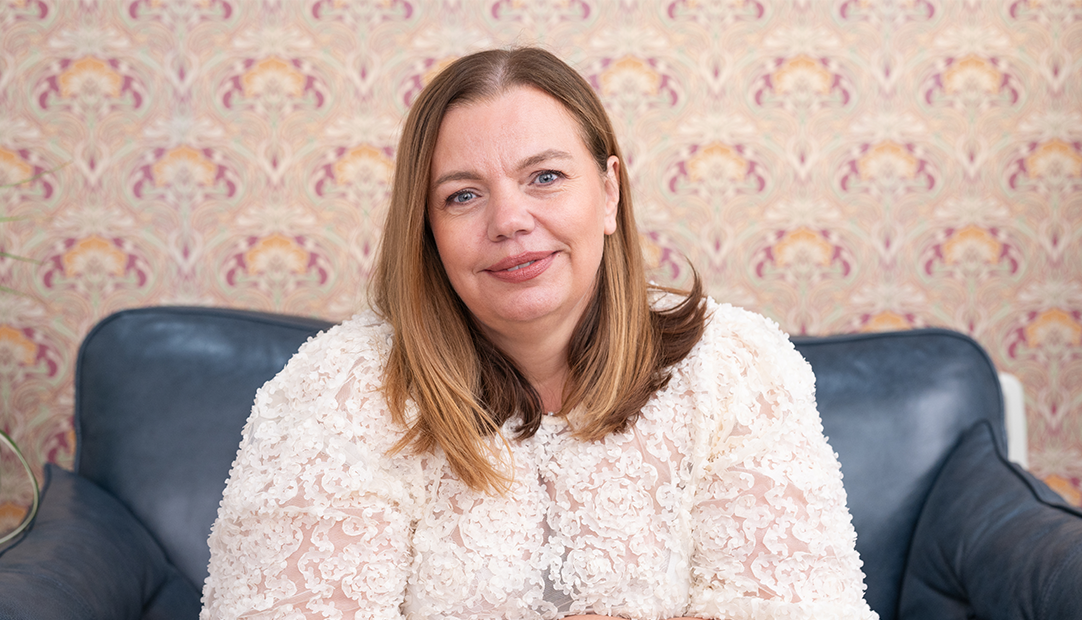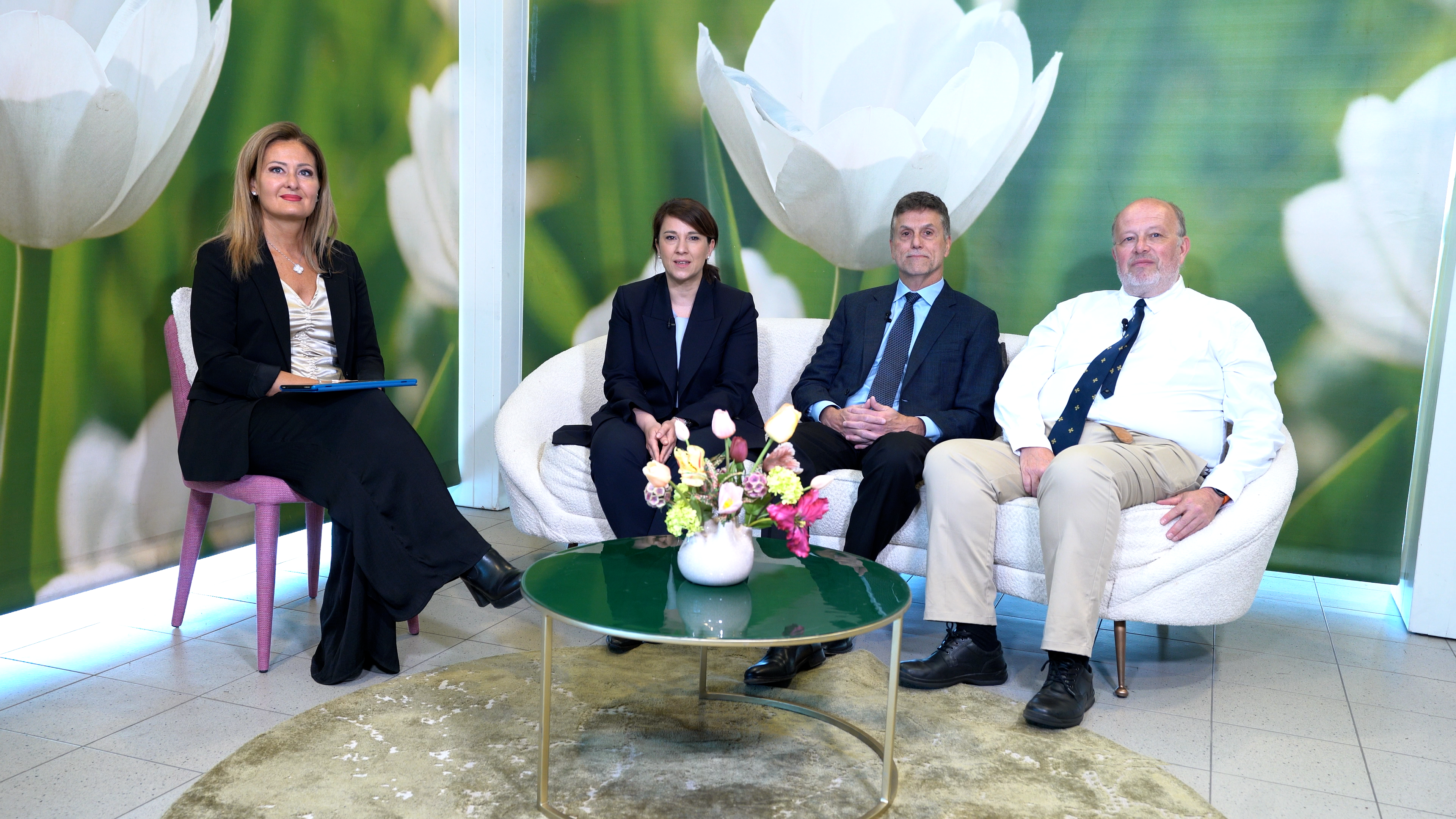Philippe Lopes-Fernandes, EVP & Chief Business Officer, shares how Ipsen’s tenacious approach to dealmaking is transforming breakthrough science into global impact—solidly.
At Ipsen, strategic M&A is more than a growth engine—it’s a commitment to purposeful science. We acquire with intent: to accelerate innovation, expand our therapeutic reach, and deliver meaningful impact for patients with few or no options.
Our approach begins with great science. We seek programs with strong biological rationale and the potential to transform care—whether it’s a novel mechanism in rare liver disease or a differentiated approach in hematology-oncology. But we go further. We look for science that can anchor a franchise, open new pathways, and offer optionality for future expansion. This is how we build sustainable value and long-term leadership.
We don’t wait for innovation to come to us. We proactively engage with biotech founders, academic labs, and early-stage platforms where bold ideas are born. Our partnering model is personal and purposeful—grounded in shared ambition and a clear path to scale. Ipsen is becoming the preferred partner for innovators with purpose, ready to accelerate and go global.
And we don’t stop at acquisition. What sets Ipsen apart is our continuity model. The same team that leads the deal stays with the science—bringing deep cross-functional expertise across R&D, regulatory, medical, and commercial. This seamless integration accelerates development, reduces risk, and sets a benchmark for post-deal execution.
The results speak for themselves. Our newly built rare liver franchise is now recognized as an industry leader, with two medicines approved across three indications and a pipeline of assets targeting five rare cholestatic liver diseases. We’re expanding therapeutic possibilities where options are limited, and our commitment to combination strategies and novel mechanisms is unlocking new potential.
In hematology-oncology, we’re building momentum with assets that address immune-evasive tumors and complex cancers. Our strategy is focused on optionality—developing assets that can be combined, sequenced, or expanded into adjacent indications, always with the patient need front and center.
Across our portfolio, the impact is clear. In the past five years, we’ve added over 35 programs with an attrition rate below 30%—a testament to our scientific discipline and execution excellence.
Every deal reflects Ipsen’s commitment to science with purpose. Through strategic M&A, we’re not just acquiring assets—we’re building franchises, expanding therapeutic possibilities, and ensuring that transformative innovation reaches patients worldwide with speed, precision, and care.
“We all know someone affected by cancer, so for me, there’s an urgency, especially when I think about the patient.”
Developing an antibody-drug conjugate (ADC) is a technical challenge. Across Ipsen’s work in ADCs Will Olughu leads a team driving the chemistry, manufacturing, and controls (CMC) effort to bring this complex science into reality.
Will and his team approach work with the “end” in mind. They start by defining the quality target product profile and then work backwards to identify critical process parameters and considering necessary controls early. “You do not wait until the end to check quality,” he explained during his interview. “You build it into the process from the beginning.”
This philosophy is especially important when working with novel payloads and sensitive linkers. The science is unforgiving, and the stakes are high. Ipsen drives these stakes to the finish line, accelerating timelines while aligning data, decisions, and regulatory requirements in real-time.
Will’s interest in process optimization runs deep. His ongoing academic work explores sustainable manufacturing using biological systems—an approach that reduces energy and material demands while increasing efficiency and productivity. That mindset now informs his vision for the future. “I want to see personalized medicine mature,” he says. “To make this a reality, we need systems that can deliver viable therapies tailored to a single person at scale. That changes everything—from supply chains to regulatory thinking.”
For now, his focus is on building the foundation. Ipsen’s ADC efforts are advancing, but the process, platform, and principles Will has helped establish offer a model for what comes next: precision-guided medicines, built for patients from the onset.
Ivan Diaz-Padilla, Senior Vice President and Global Head, Oncology Therapeutic Area Unit, R&D at Ipsen, shares his vision for building a balanced and sustainable pipeline powered by bold science.
It is a pivotal moment in Ipsen’s oncology journey, advancing our clinical-stage pipeline with bold science and a clear purpose – to bring meaningful innovation to the patients who need it most, transforming what patients and healthcare systems can expect from cancer treatment.
Across the industry, progress is accelerating, with new modalities including antibody-drug conjugates (ADCs), multi-specific antibodies, novel targeted treatments and vaccines – all redefining standards of precision and efficacy. Setting the bar at transformative care is not without its challenges, particularly in our areas of focus where innovation is scarce and options are limited.
We believe bold science must be matched by bold execution. Our oncology pipeline is expanding with purpose, with deepening focus in immuno-oncology, building on our existing expertise and offering powerful potential for future innovation. Recognizing the promise of early science, we have advanced both an ADC and T-cell activator to Phase I trials, as well as progressing an innovative monoclonal antibody technology to reach Phase IIb/III trials. These milestones exemplify our efforts to advance care across stages of development in both solid tumors and hematological cancers, channeling and accelerating potential not where it is easiest, but where there is the greatest need.
By combining deep expertise with a culture that embraces possibility, we are advancing therapies that challenge the status quo and aim to deliver meaningful impact for patients and their families.
It is a privilege to lead Ipsen’s oncology team into the future, where every step forward brings us closer to transforming outcomes for people living with cancer.
Christelle Huguet, Executive Vice President, Head of R&D at Ipsen, challenges the outdated belief that bigger means better in biopharma, arguing that agility – not size – drives breakthrough innovation. With precision, swift decision-making, and an unwavering focus on patient needs, agile innovators like Ipsen are poised to deliver real-world impact.
The future of biopharma will be shaped not by the biggest players, but by the most agile ones. That is why I believe our operating model at Ipsen gives us a real advantage in today’s fast-moving landscape.
We’re a global biopharmaceutical company with the mindset of a biotech. This unique position allows us to combine the scale and reach of a large organization with the focus and flexibility of a biotech. That means faster decisions, specialist expertise across the pathway, and the agility to adapt as new data and insights emerge – all helping us move promising medicines through development at speed.
At the heart of our approach is a science-driven R&D model, focused on what matters most: patients. We follow a clear strategy to build a pipeline where options are limited and patient needs are high. These are the avenues that remain elusive or where few others tread, but where we are taking compelling science to address barriers to new treatments and in new disease areas. What remains key to this approach is flexibility; coming together as a team and pivoting when the data tells us to. While we start with a clear roadmap, as new evidence emerges, particularly in early research, it can reveal greater possibilities for patients. It’s a clear example of what it means to follow the science in practice, and how that approach helps us unlock the full potential of our medicines for patients.
Being cross-functional in our approach also results in swifter decision-making. This means involving our medical and regulatory teams from the very beginning of development. By doing so, we enhance efficiencies, leverage end-to-end expertise, and ensure we make the right calls.
Above all, it shows that being agile is essential – to follow the science, make meaningful decisions, and ultimately meet patient needs.
What is This is My PBC?
Getting to know your PBC is the first step to take charge of your PBC journey
This is My PBC is a disease awareness initiative developed and funded by Ipsen, that seeks to raise awareness of the need for people living with PBC to know more about their disease and understand that everyone’s experience is different – and valid. By taking a personalized approach to your PBC management, you can empower yourself with the knowledge to have meaningful conversations with your healthcare professional, and play a more active role in your PBC management and care. You may be unique, but you are not alone.
Meet Jo, Gill and Wendy, living with PBC
Although they share the same disease, their journey of living with, and managing PBC, has been personal. Hear their individual experiences and take charge of your own PBC journey by learning more about the condition and talking openly with your doctor.
Meet Gill
Gill is a devoted mother and grandmother who loves spending time with her grandchildren and gardening. She also has a real passion for her volunteering work. She has lived for over 20 years with PBC.
Learn more
Meet Jo
Jo’s journey to diagnosis began about 10 years ago, when she contacted her GP feeling tired and run down, but it wasn’t until four years ago following some routine blood tests and a liver biopsy, that she received a diagnosis. Support groups, like the PBC Foundation, have been a gamechanger for Jo, providing support, education and a like-minded community.
Learn more
Meet Wendy
Wendy has been living with PBC for over 13 years, and it took five years of GP and specialist appointments to receive her diagnosis. Her advice to other people living with PBC is to go to your doctor prepared to ask lots of questions, manage your condition as well as you can and be kind to yourself.
Learn more
Understanding PBC
This guide provides an overview to help understand and manage PBC. It covers 3 key areas: understanding what PBC is and who it affects, recognizing and coping with its symptoms, and learning about treatment options, lifestyle support, and the importance of ongoing monitoring.
Where will This is My PBC take me?
You can paint a clearer picture of what it is like to live with PBC and with your doctor help make choices that are right for you, such as:
- Know how your symptoms make you feel. Keep an eye on your symptoms between your doctor’s appointments and keep a list of topics to discuss with your doctor the next time you see them.
- Know your alkaline phosphorate (ALP) numbers and what they mean for you. Ask your doctor questions about your ALP and bilirubin levels, and what they mean for your liver health.
Links to patient organization websites
Discover trending stories
Jo’s journey to diagnosis began about 10 years ago, when she contacted her GP feeling tired and run down, but it wasn’t until 4 years ago following some routine blood tests and a liver biopsy, that she received a diagnosis. Support groups, like the PBC Foundation, have been a gamechanger for Jo, providing support, education and a like-minded community.
The impact of fatigue: Jo’s Story
Fatigue is more than just tiredness. From her social life to her work life, Jo describes how her fatigue symptoms have impacted both.
Lifestyle adjustments to manage fatigue: Jo’s Story
From diary organization to diet management, Jo explains her individual lifestyle adjustments to manage fatigue.
Knowing liver function: Jo’s Story
PBC affects the bile ducts that run through your liver. Liver blood tests that show high levels of ALP (alkaline phosphatase) are a marker of PBC disease progression. Jo explains why understanding what impacts your liver function is an important part of taking charge of your PBC journey.
Finding a community: Jo’s Story
Jo describes the importance of community in PBC management.
Advice to her past self: Jo’s Story
Jo shares the PBC advice she would give to her past self.
Wendy has been living with PBC for over 13 years, and it took 5 years of GP and specialist appointments to receive her diagnosis. Her advice to other people living with PBC is to go to your doctor prepared to ask lots of questions, manage your condition as well as you can and be kind to yourself.
Fatigue and brain fog: Wendy’s Story
Fatigue and brain fog can impact everyone differently. Wendy explains what her symptoms can feel like.
Knowing your PBC: Wendy’s Story
Everyone’s PBC is different, and knowledge of your PBC is power. Wendy shares her hopes for her own disease management.
Gill is a devoted mother and grandmother who loves spending time with her grandchildren and gardening. She also has a real passion for her volunteering work. She has lived for over 20 years with PBC.
Navigating the diagnosis journey: Gill’s Story
Gill explains the impact that her doctor’s guidance and patient community support had on her diagnosis journey.
PBC symptoms: Gill’s Story
The ‘PBC itch’ is a common and often debilitating symptom of PBC. Gill describes how fatigue and the ‘PBC itch’ have affected her life.
Lifestyle adjustments: Gill’s Story
Just like you are a unique individual, the lifestyle adjustments you make to manage PBC must be specific for you. Gill describes the steps that she takes.
Knowing what to ask your doctor: Gill’s Story
Coming to your PBC appointment prepared with a list of questions can help you get the most out of your PBC care. Gill recounts what she would advise herself when she was first diagnosed.
Her hope for PBC management: Gill’s Story
Gill shares her hope for PBC management.
“My role is to ensure that every product we develop meets the highest standards of quality, safety, efficacy, and compliance.” Robustness is not a box to check—it’s the foundation of every decision. As a Senior Director in the Pharmaceutical Development function in Ipsen’s drug product development team, Prince Korah focuses on driving the pharmaceutical development strategy by overseeing the end-to-end life cycle of drug products with his team—from early development through manufacturing and clinical delivery—ensuring each stage meets rigorous quality, regulatory, and performance standards. His goal is clear: design for stability, simplify where possible, and always center the science.
In development of drug products, the pressure is real. Timelines are short, stakes are high, and there is little room for error. Prince responds by defining and controlling the key variables that influence stability. “We design with the end in mind,” he says. “The patient, the dose, the shelf life—it all has to hold together.”
That mindset requires discipline. Every formulation choice ties back to rigorous quality and regulatory performance standards. Platform strategies help, but only if they serve the product. “If you can build a platform approach, you gain consistency,” he explains. “It allows you to apply lessons across programs.” But he cautions against rigid thinking. “Even within a platform, we ask: can we make it simpler, safer, and more robust?”
Process design is where his work becomes most visible. He collaborates cross-functionally across chemists, formulators, analytics, manufacturing experts, quality, and regulatory experts to define how the drug product is produced, filled, and finished. It is not just about technical accuracy—it is about reliability. If a process fails in production, speed means nothing. “You have to build it to endure,” he says.
Prince looks ahead to a future shaped by continuous manufacturing and AI-driven control systems. He sees the shift toward personalized medicine as a scientific challenge worth solving. “It will change everything we know about production,” he says. “We need to prepare for the scientific rigor now.”
His work remains grounded in one goal: predictability. A well-built product does not call attention to itself. It works every time. “If we do our job right,” he says, “no one should ever notice. It just works.”
We’re proud to share that Ipsen has been certified as a Great Place to Work in 16 countries in 2025, bringing our total to 30 countries worldwide recognized as employers of choice. This achievement is a strong testament to our efforts to build a workplace where everyone can be their true selves, grow and thrive.
A global culture of Collaboration, Excellence and Impact
At Ipsen, boosting a culture of collaboration, excellence and impact is a cornerstone of our strategy. Grounded in Collaboration, Excellence, and Impact, it brings our teams together around a shared purpose — to deliver real impact for patients and society. We collaborate, strive for continuous improvement, and celebrate the passion that drives our progress.
We are dedicated to fostering a safe, supportive and inclusive workplace, where our people have the means, trust, and care they need to perform at their best.
This recognition is a reflection of our culture and our people. It celebrates our progress and inspires us to go further, pursuing our sustainable growth journey, growing together and aiming for greatness. Thank you to all Ipsen employees for your engagement and for making this achievement possible.
*Accredited countries in 2025: Canada, USA, Mexico, Ireland, the Netherlands, Italy, Algeria, Tunisia, Colombia, Brazil, Sweden, Lithuania, Poland, Greece, UAE, Saudi Arabia
